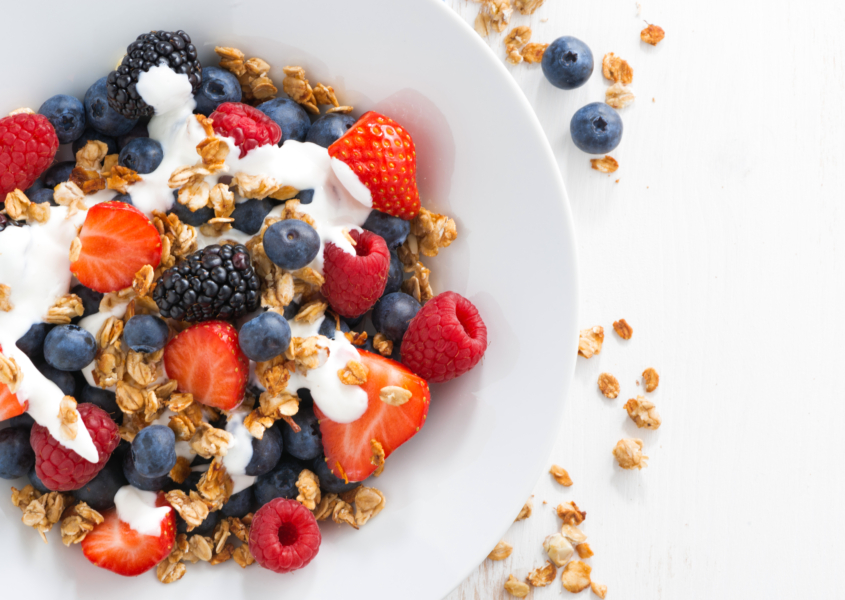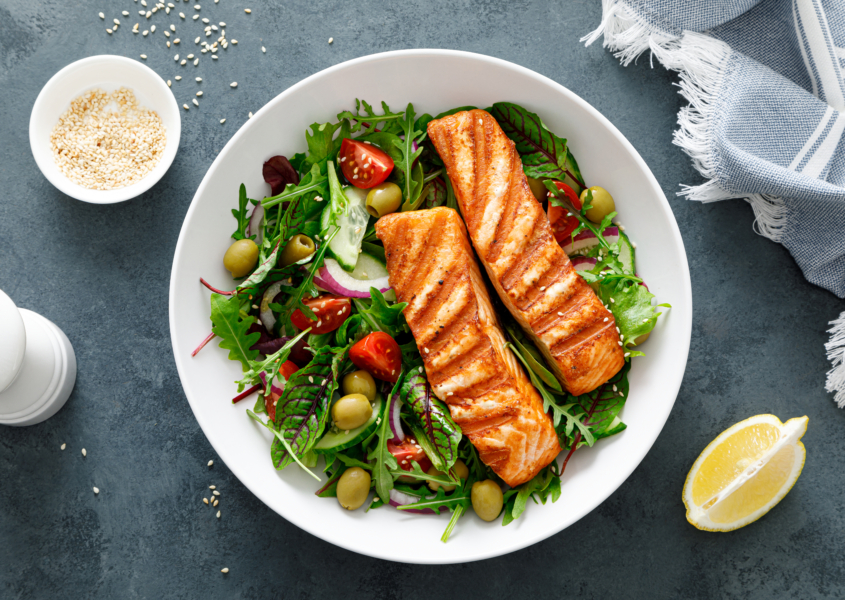Inflammation is a natural defense mechanism that helps protect the body against illness and infection. However, chronic inflammation can lead to serious health issues such as heart disease, cancer, and diabetes. Diet plays a crucial role in regulating inflammation, and avoiding certain foods can be beneficial for overall health. In this article, we will explore seven common foods that can trigger inflammation and provide healthier alternatives that can help reduce inflammation and promote well-being. Read more
Learn More
Locally Owned
All Chefs For Seniors locations across the US are independently owned and operated. When you choose Chefs For Seniors, you are supporting small business owners in your local community.










